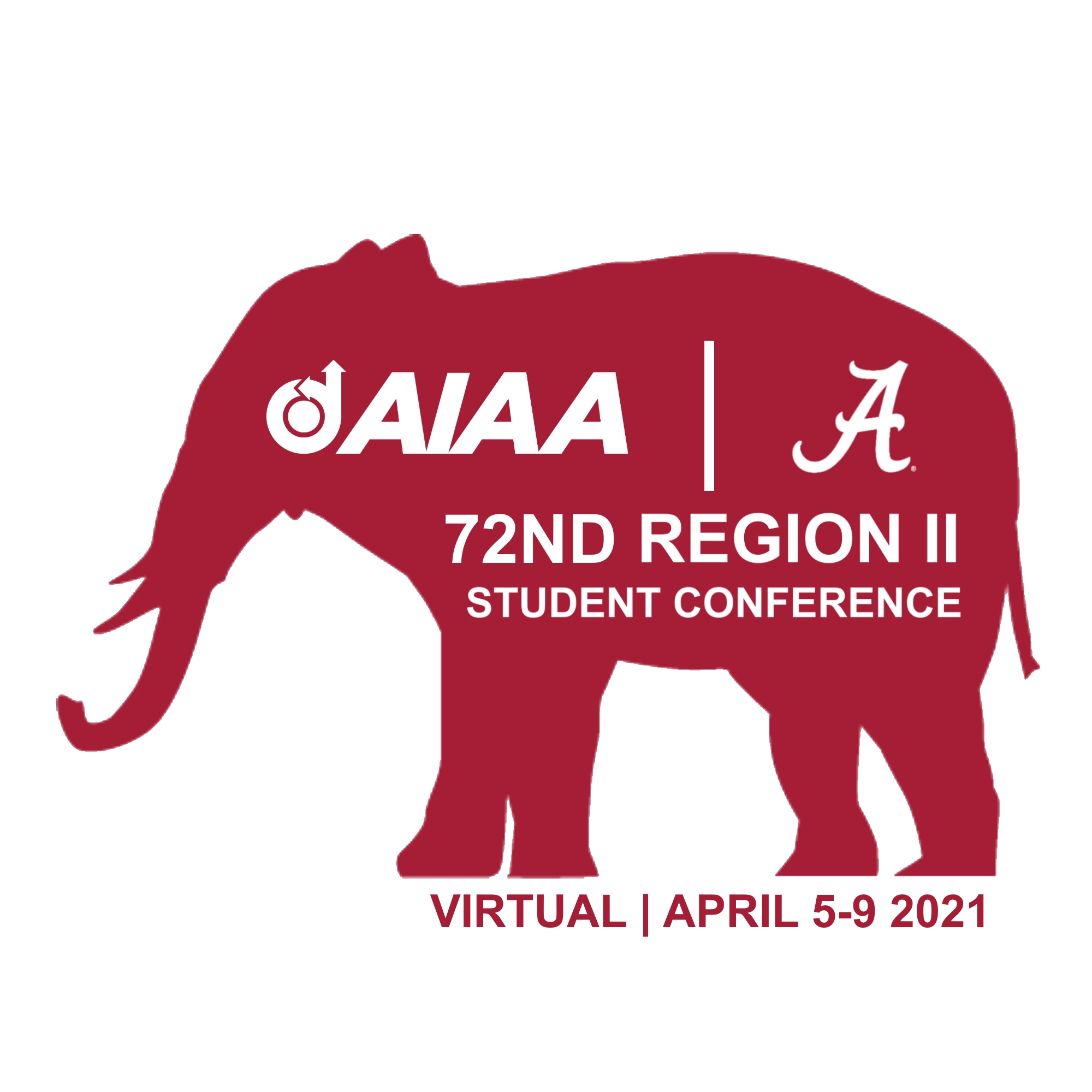Document Type
Paper
Abstract
Human-to-human transmission of upper respiratory diseases such as COVID-19 is primarily driven by the dispersion of virus-laden droplets that are expelled from the nose and mouth. Aerosolized droplets can concentrate in the air for hours and pose a significant threat to human activities in the aerospace and aeronautics industry, which frequently occur in confined environments. Tracking data has shown that the virus spread quickly in confined spaces, such as airplanes and ships. Updated guidelines for human interaction in confined spaces (i.e., less than 6ft in distance between individuals) is critical as the world tries to return to normal operations. A lack of data exists concerning the extent of exposure to aerosolized particles in ecologically relevant, non-intrusive scenarios. Studies involving exhalation into small boxes or funnels do little to advance the fundamental understanding of exposure risk associated with many activities. This research aims to meet the need by investigating the quantity, concentration, and distribution of particles exhaled while speaking and breathing. This data can be used to verify computational models of the same. To accomplish this, specific vocal exercises and activities will be performed in a clean, room-sized environment to generate the airborne droplets associated with each activity. Images of these particles will be captured using a 1200 frame-per-second optical camera and a high-power laser, then analyzed numerically using computer software. The resulting data sets will be compared and used to draw conclusions about the volume and behavior of aerosolized particles associated with various vocal activities. Initial tests suggest very different results than those which implement intrusive data collection. Future studies using this experimental setup will investigate patterns that are discovered and the effectiveness of risk mitigation.
Aerosols and Particulates Emitted by Speech and Breath
Human-to-human transmission of upper respiratory diseases such as COVID-19 is primarily driven by the dispersion of virus-laden droplets that are expelled from the nose and mouth. Aerosolized droplets can concentrate in the air for hours and pose a significant threat to human activities in the aerospace and aeronautics industry, which frequently occur in confined environments. Tracking data has shown that the virus spread quickly in confined spaces, such as airplanes and ships. Updated guidelines for human interaction in confined spaces (i.e., less than 6ft in distance between individuals) is critical as the world tries to return to normal operations. A lack of data exists concerning the extent of exposure to aerosolized particles in ecologically relevant, non-intrusive scenarios. Studies involving exhalation into small boxes or funnels do little to advance the fundamental understanding of exposure risk associated with many activities. This research aims to meet the need by investigating the quantity, concentration, and distribution of particles exhaled while speaking and breathing. This data can be used to verify computational models of the same. To accomplish this, specific vocal exercises and activities will be performed in a clean, room-sized environment to generate the airborne droplets associated with each activity. Images of these particles will be captured using a 1200 frame-per-second optical camera and a high-power laser, then analyzed numerically using computer software. The resulting data sets will be compared and used to draw conclusions about the volume and behavior of aerosolized particles associated with various vocal activities. Initial tests suggest very different results than those which implement intrusive data collection. Future studies using this experimental setup will investigate patterns that are discovered and the effectiveness of risk mitigation.


